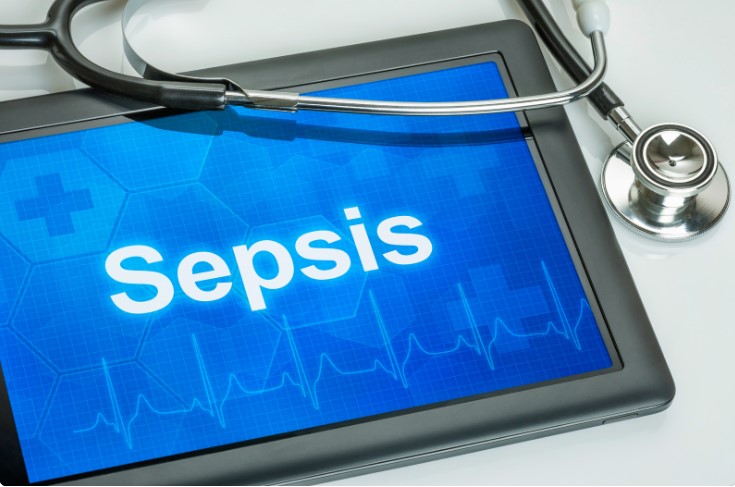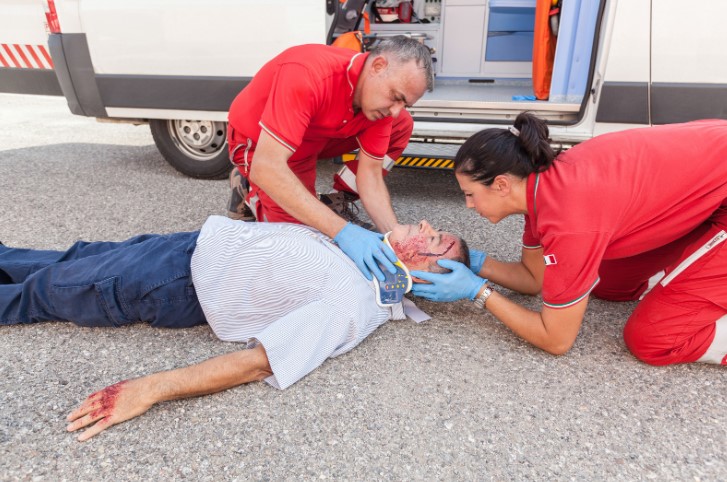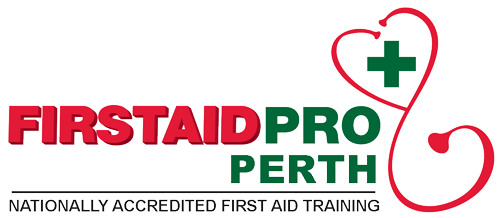How CPR Helps During A Heart Attack: The main goal of CPR is to help keep the blood flowing throughout the body to ensure that the person’s vital organs receive their crucial oxygen supply until emergency help arrives.
Someone with proper training can easily perform this procedure and know how CPR helps during a heart attack.
What Does CPR Do?
CPR (cardiopulmonary resuscitation) is an emergency procedure given to a person whose heart suddenly stops beating and is having trouble breathing. It combines chest compressions and rescue breaths that mimic the heart’s pumping action to keep oxygenated blood flowing to all organs until specialised treatment is available.
CPR works on the principle of 30 chest compressions and 2 rescue breaths (ratio of 30:2).
Knowing the basics of first aid and CPR is important, as it can be lifesaving in times of emergencies. Although there is no guarantee that someone will have a 100% percent chance of survival after the performance of CPR, it does give the person a chance when otherwise there would have been none.
Without CPR intervention, it will only take a few minutes for someone’s brain to suffer serious injuries due to lack of oxygen.
Should You Perform CPR For A Heart Attack?
CPR is often performed in the event of cardiac arrest, which can differ from a heart attack in more ways than one.
When someone is experiencing a heart attack, the blocked artery prevents the oxygen-rich blood from reaching the heart. Oftentimes, the person can continue talking and breathing and won’t require CPR. However, someone having a heart attack has an increased risk of developing a sudden cardiac arrest (SCA).
During SCA, the heart will undergo an electric malfunction which leads to an irregular heartbeat. Once the person loses consciousness and is not breathing, this is where CPR comes in.
It is worth noting that you can only perform CPR on someone who is not breathing and has no pulse. If the person shows signs of breathing and is alert, there is no need for resuscitation.
Therefore, it is important to know the difference between a heart attack and cardiac arrest. Learning to differentiate the two can help you decide when and when not to perform this lifesaving technique.
How To Do CPR In 5 Easy Steps?
Performing CPR on a person whose heart attack has progressed to sudden cardiac arrest should ideally be given by someone with proper training.
Knowing how CPR helps during a heart attack could make all the difference. Follow these steps as a guideline when giving CPR.
Step 1 – Shake And Shout
If you come across someone suspected of a heart attack, always check for possible risks and hazards before approaching the scene.
If their condition had progressed to cardiac arrest, the person won’t be breathing normally or shows no signs of breathing. They also won’t be conscious.
The best thing to do is to check for a response by gently shaking the person’s shoulder and ask loudly, “are you OK?” Shout for help and if other bystanders are in the area, ask them to stay as you might need their assistance.
Step 2 – Call Emergency Services
If the person does not show any signs of breathing, call triple zero (000) immediately and ask for assistance. Ask someone to find a public access defibrillator as you monitor the person’s condition.
If there are no bystanders around, call emergency services for help before starting CPR.
Step 3 – Perform Chest Compressions And Rescue Breaths
Kneel next to the person and place the heel of your one hand in the center of the chest. Place the other hand on top of the first and interlock your fingers.
With arms straight, use the heel of your hand to push the breastbone firmly. Make sure to press the chest down between 5 to 6 cm, then release. Do this at a rate of 100 to 120 chest compressions per minute. Think of the famous Bee Gees song Stayin’ Alive as you push to the beat.
After every 30 chest compressions, prepare to give 2 rescue breaths. Give the first rescue breath – lasting one second – and observe the person’s chest as it rises. If the chest rises, give a second breath.
Step 4 – Keep Going
Keep cycles of chest compressions and rescue breaths until professional help arrives or the person starts to show signs of consciousness. These include coughing, opening their eyes, talking, or breathing normally.
It is normal to feel tired after cycles of CPR. If trained bystanders are nearby, ask them to take turns until emergency help arrives.
Step 5 – Use A Defibrillator
As soon as an automated external defibrillator (AED) is available, turn it on and follow the instructions.
The device will analyse the heart rhythm and decide when a shock is needed. When the defibrillator is ready to deliver a shock, the voice prompt will tell you to press the button. Do not touch the person while they are being shocked.
Performing CPR on an infant or small child is different when giving it to adults. Below we include steps on how to do CPR on an infant or small baby.
CPR Procedure For Infants And Children
Infants and small children are unlikely to have heart attacks or cardiac arrest. However, there may be other reasons why CPR could be a lifesaving procedure in a child emergency.
The basics of CPR follow the same guidelines, but some considerations should be made for their small body frame.
- For infants, use both your thumbs side by side on the center of the baby’s chest. Hold their back for support and perform 30 fast compressions. When doing this, always allow your chest to return to its resting position.
- For small children, do it the same way as adults. The only difference is the use of one hand instead of two when doing chest compressions.
When Not To Perform CPR?
CPR is not necessary for situations when someone is having a heart attack but is alert with a steady heartbeat. In these cases, the performance of CPR may do more harm to the heart, even if the intention is good.
Also, stop CPR immediately if the person shows signs of life (opening of eyes, breathing, coughing) in between compressions. The best thing to do is to allow the person to recover but be prepared if they lose consciousness or the heart stops beating again.
Conclusion
Remember, as long as the person having a heart attack is alert and breathing, there is no need for CPR. However, if the breathing stops and there is no heartbeat from their pulse, performing CPR could be a lifesaver.
Before taking necessary actions, call emergency and, if possible, have someone nearby try and locate a defibrillator.
Be ready to turn over the care of a person to someone with advanced CPR training or professionals like paramedics, EMTs, etc.
Many training organisations now offer affordable and comprehensive first aid and CPR classes to encourage everyone to help in times of emergencies. Consider taking one, especially if you care for or live with people who are at risk of heart attack or cardiac arrest.
For more information, visit the First Aid Course Canberra or contact our team at (08) 8382 4677.








